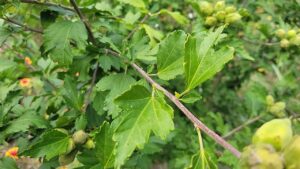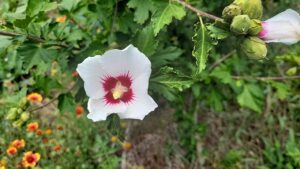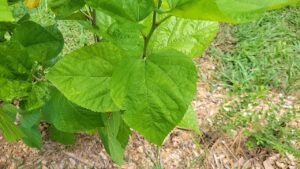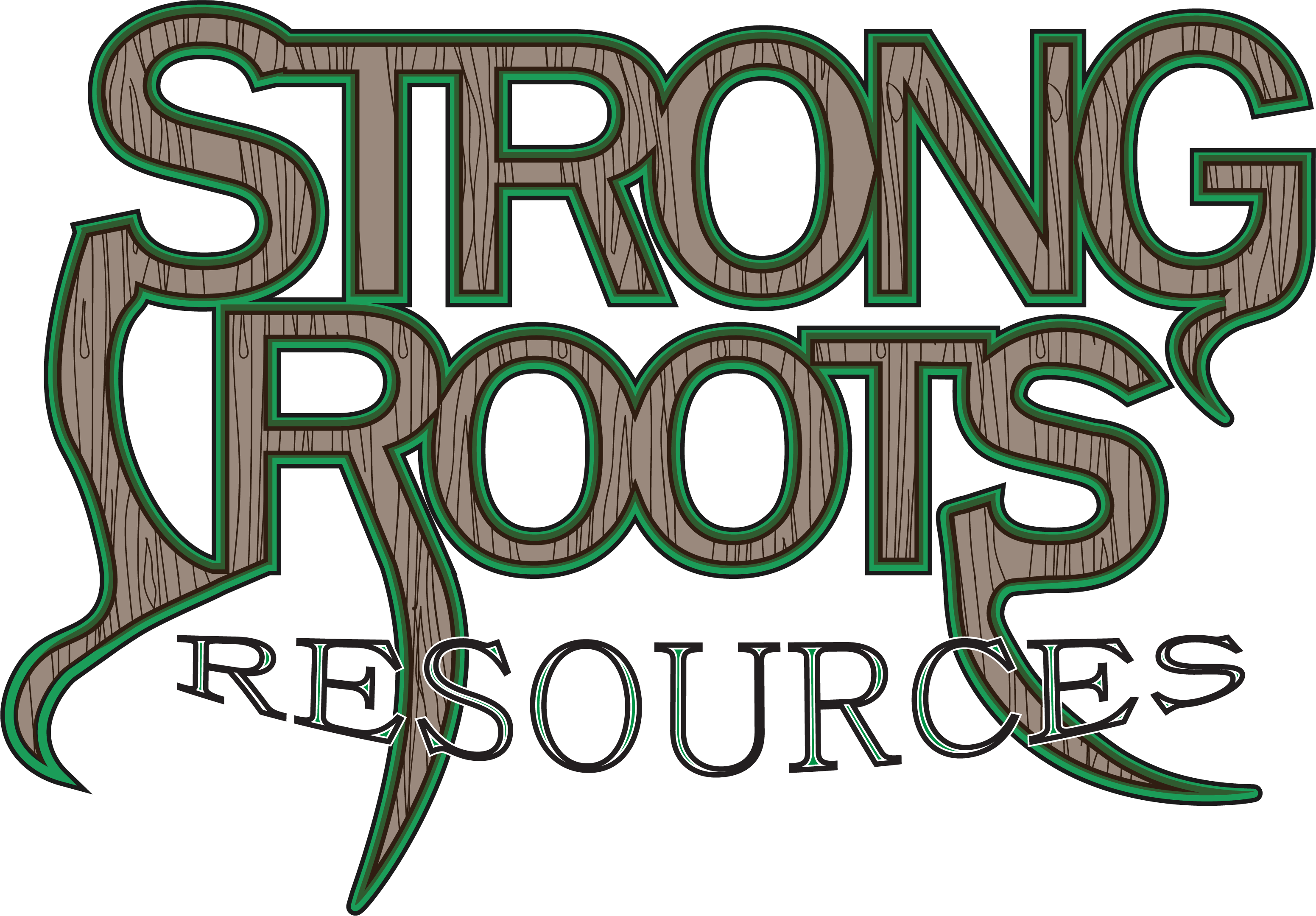For the new forager, identifying and using edible tree leaves is often overlooked. While we’re focused on nuts, berries and early spring greens, many trees offer a source of nutrition.
Now there’s a surprising number of trees that have edible leaves – but the catch is that in most cases, you need to harvest the leaves at their earliest stages – often as young shoots or when they’re just starting to unfurl. Mature leaves are generally going to be tough and bitter – so just like your spring greens, harvest early.
Here’s a few options that are accessible to much of the continental United States:
Hardy hibiscus, aka Rose of Sharon. While technically a shrub, they can grow up to 20 feet. This is a case where even mature leaves are edible, as well as the flowers. Leaves can be an addition for your salads and the flowers, even in their closed state, is a worthy garnish. One caution is that the rose of sharon has been known to lower blood pressure, so take that into account if you’re taking blood pressure medicines.


White mulberry – Generally considered one of the easiest and safest to consume is the white mulberry. It’s recommended to cook them. They’re high in calcium, iron, folate and vitamin C.

The American beech tree is another option, as are silver and red maples. The flowers and the early leaves on the redbud are another choice. River birch is worth exploring as well.
If you want to cultivate trees with edible leaves – moringa and chaya are common additions. They’re hardy in zone 9 and warmer but can be grown as annuals in cooler climates. They can occupy an edge in your kitchen garden or be plugged into your food forest.
The links below will let you expand your knowledge of trees with edible leaves:
Trees with Edible Leaves: PAI’s latest publication – The Perennial Agriculture Institute
Trees with edible leaves can boost human nutrition: New book, free download (mongabay.com)
If you’re just getting acclimated to the realm of foraging, I suggest starting with identifying plants in your local area. Wander around your yard, around public spaces. Cultivate a curious mindset and then you’ll start seeing certain patterns emerge. Some folks have the perception that foraging can only take place in undisturbed landscapes, or other pristine spaces, while in my case, I find hundreds of useful plants out here on the rural and urban fringe. Investigate edges – edges of wood lines, pastures and near waterways. That’s where the most diversity tends to reside. Don’t feel like you need to learn everything all at once – for each season, see if you can find one or two useful species that’s in its edible state and before too long, you’ll have an impressive catalog of knowledge to fall back on.
I always recommend the books and field guides written by Samuel Thayer and those can be found at foragersharvest.com.
If you’d like to better understand the landscape around your home or need some assistance in homestead planning and design, reach out to me at strongrootsresources@gmail.com.
